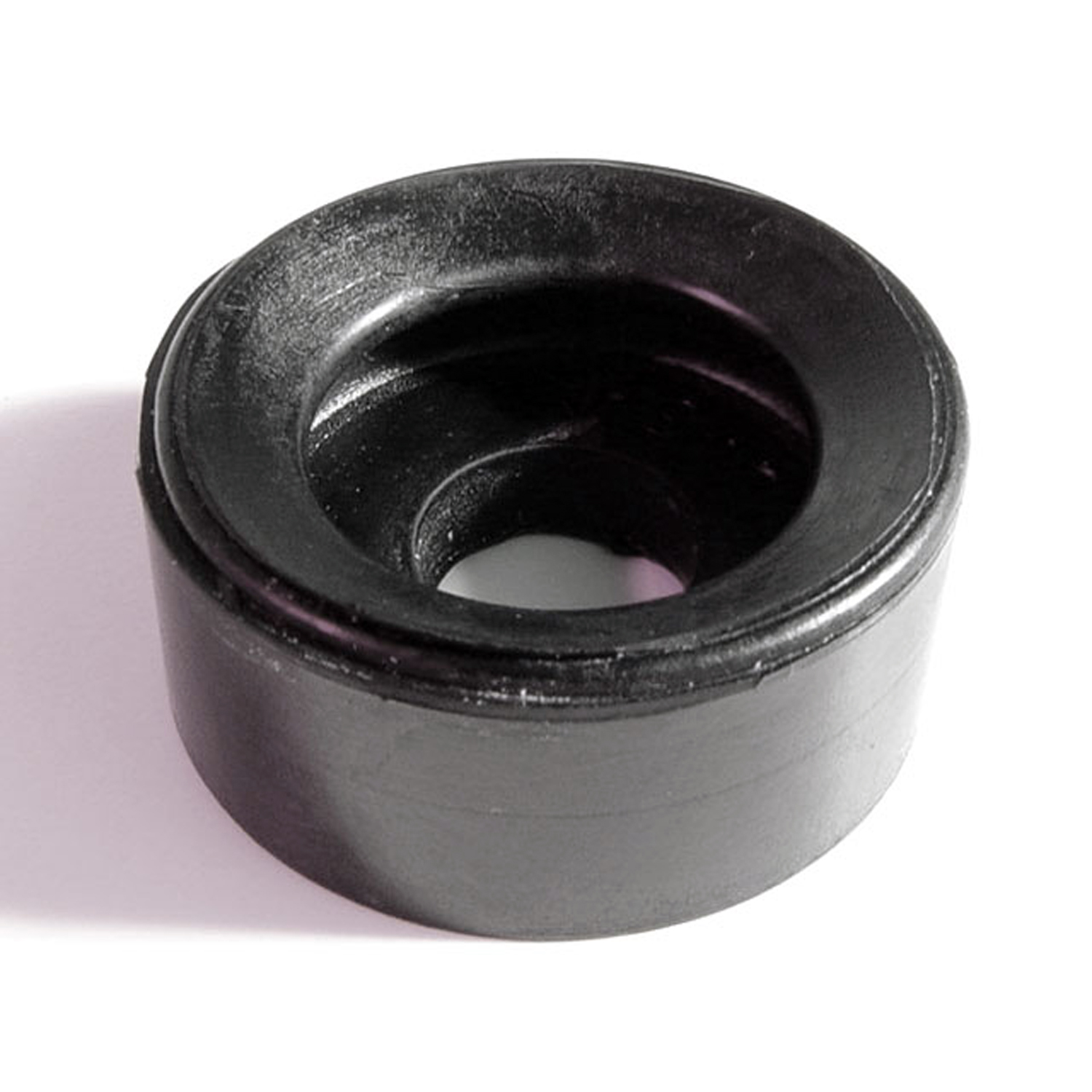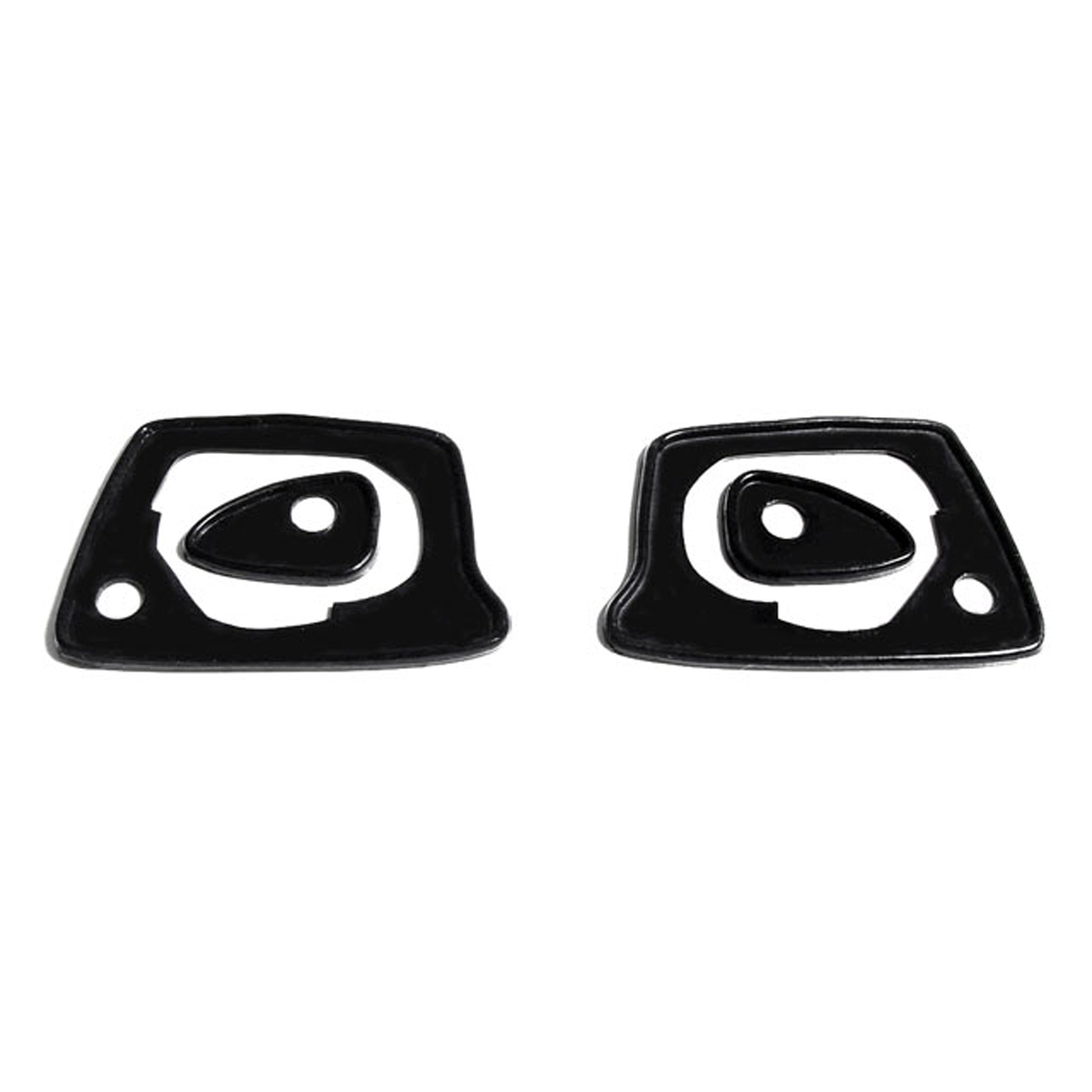Image of 1973 Plymouth Fury Ii, Note: These illustrations use artistic license and may differ from actual historical models.
Performance Metrics
Fundamental Metrics
Emotional Appeal
MMP Rating
| Engine Specifications | |
|---|---|
| Engine: | 318 cu in (5.2 L) V8, 360 cu in (5.9 L) V8, 400 cu in (6.6 L) V8, 440 cu in (7.2 L) V8 |
| Displacement: | 318-440 cu in (5.2-7.2 L) |
| Horsepower: | 150-280 hp |
| Torque: | 265-480 lb-ft |
| Compression Ratio: | 8.5:1 - 10.5:1 |
| Ignition System: | Electronic Ignition |
| Cooling System: | Liquid cooled |
| Performance Specifications | |
| 0-60 Time: | Estimated 8-10 seconds |
| 1/4 Mile Time: | Estimated 16-18 seconds |
| Top Speed: | 120 mph |
| Transmission and Drive | |
| Drive Type: | Rear wheel drive |
| Transmission Type: | 3-speed automatic, 4-speed manual |
| Fuel and Efficiency | |
| Fuel System Type: | Carburetor |
| MPG: | Estimated 10-15 mpg |
| Dimensions and Brakes | |
| Brakes: | Front disc, rear drum |
| Wheelbase: | 120 inches |
| Weight: | 3,600-4,000 lbs |
Note: Specifications for classic cars are given to the best of our ability, considering the limited and variant data available.
Unveiling the 1973 Plymouth Fury II: A Testament to American Automotive Heritage
In an era where muscle cars and luxury liners ruled the road, the 1973 Plymouth Fury II stood out as a testament to American automotive resilience. Born from the industrious halls of the Chrysler Corporation, this full-sized classic was a beacon of comfort and style during a time of changing tastes and economic challenges. The Fury II wasn't just a car; it was a statement of durability and American craftsmanship. One unique fact that car enthusiasts might find intriguing is that the Fury nameplate was once synonymous with speed and power, particularly in its earlier iterations, making the '73 model a more family-oriented pivot.
Design and Innovation: The 1973 Plymouth Fury II Aesthetic
The 1973 Plymouth Fury II's exterior styling was a blend of straight lines and subtle curves, presenting an imposing yet elegant stance. Its long hood and spacious trunk were hallmarks of the era's design philosophy, while the broad grille and round headlights echoed the brand's attention to detail. Inside, passengers were greeted with a cabin that prioritized comfort, featuring plush seating and a generous helping of legroom. Materials ranged from durable fabrics to optional vinyl upholstery, ensuring a touch of luxury without compromising practicality. Technological features included power steering and brakes, which were quite advanced for the time, enhancing the driving experience significantly. Color options for the Fury II were diverse, with popular choices including Spinnaker White and Regal Blue Metallic. Body styles varied, but it was the four-door sedan that became emblematic of the model's family-friendly image.
Historical Significance: The Legacy of the '73 Fury II
The 1973 Plymouth Fury II may not have revolutionized automotive design or technology like some of its predecessors did in their prime, but it represented a bridge between performance-oriented muscle cars and the emerging demand for practicality and efficiency. It stood out for its ability to adapt to consumer needs during an oil crisis while maintaining Plymouth's reputation for producing reliable vehicles.
Performance and Handling: The Drive of the Fury II
Underneath its hood, the Fury II offered various engine options, with performance peaking in models equipped with the robust V8 engines. While top speeds and acceleration figures weren't record-breaking—the car could leisurely reach highway speeds—owners appreciated its smooth ride over bumps and stable handling on windy roads. Driving a '73 Fury II was about enjoying the journey in comfort rather than racing to the destination; it was about the rumble of its engine and easy-going nature.
Ownership Experience: Living with a Classic
The 1973 Plymouth Fury II found its niche as a dependable daily driver that could double as an eye-catching show car. Its maintenance was straightforward enough for average owners to handle minor repairs themselves. However, like many vehicles from this period, rust could be an issue if not properly cared for.
Fun Facts: The Quirks of the '73 Fury II
Among classic car aficionados, it's known that certain editions of the Fury line were sought after by police departments for their reliability and robustness—though less so by 1973 when emission regulations started affecting performance characteristics. While no specific records in speed or endurance are held by this model year, it remains an endearing piece of Americana on wheels.
Collector's Information: The Market for a 1973 Plymouth Fury II
Today, collectors might find that a well-preserved 1973 Plymouth Fury II can fetch anywhere from $5,000 to $15,000 depending on condition, originality, and historical significance. While production numbers were substantial at the time—making rarity less of an issue—the number of surviving examples in excellent condition is dwindling. As such, prices are slowly appreciating as enthusiasts seek out these icons of American motoring history.
Conclusion: Celebrating an Era Through the '73 Fury II
The 1973 Plymouth Fury II may not be remembered as a pioneer in performance or design innovation; however, it encapsulates an important chapter in automotive history where adaptability and resilience were key. It reminds us that sometimes significance isn't just about breaking records or introducing groundbreaking technology—it's also about providing reliability and comfort through times of change. For those who appreciate classic American cars with character, owning a '73 Fury II is akin to preserving a piece of history—one leisurely drive at a time.
1973 Plymouth Fury Ii Catalog of Parts
 1973 Plymouth Fury II Spring and Shackle Bushing. 1" bottom O.D-BN 20Spring and Shackle Bushing. 1" bottom O.D. X 1-5/8" high, with 9/16" I.D. Each
1973 Plymouth Fury II Spring and Shackle Bushing. 1" bottom O.D-BN 20Spring and Shackle Bushing. 1" bottom O.D. X 1-5/8" high, with 9/16" I.D. Each 1973 Plymouth Fury II Shock Absorber Grommet. 1-1/4" bottom O.D-BN 8Shock Absorber Grommet. 1-1/4" bottom O.D., 1" high, with 3/4" I.D. Each
1973 Plymouth Fury II Shock Absorber Grommet. 1-1/4" bottom O.D-BN 8Shock Absorber Grommet. 1-1/4" bottom O.D., 1" high, with 3/4" I.D. Each 1973 Plymouth Fury II Door Bumper. 5/8" wide, made from extrusion. Each-DB 52Door Bumper. 5/8" wide, made from extrusion. Each
1973 Plymouth Fury II Door Bumper. 5/8" wide, made from extrusion. Each-DB 52Door Bumper. 5/8" wide, made from extrusion. Each 1973 Plymouth Fury II Hood Adjustment Bolt and Bumper-HA 8Hood Adjustment Bolt and Bumper. 1-3/16" diameter rubber head. 5/16" thick X 18 threads/inch X 1-1/4" long bolt. Each
1973 Plymouth Fury II Hood Adjustment Bolt and Bumper-HA 8Hood Adjustment Bolt and Bumper. 1-3/16" diameter rubber head. 5/16" thick X 18 threads/inch X 1-1/4" long bolt. Each 1973 Plymouth Fury II Hood Adjustment Bumper. 1-1/4" O.D-HA 8-AHood Adjustment Bumper. 1-1/4" O.D., 3/4" large hole, 7/16" small hole, 1/2" thick. Each
1973 Plymouth Fury II Hood Adjustment Bumper. 1-1/4" O.D-HA 8-AHood Adjustment Bumper. 1-1/4" O.D., 3/4" large hole, 7/16" small hole, 1/2" thick. Each 1973 Plymouth Fury II Door handle mounting pads. 2-3/8 in. L x 1-1/8 in. L-MP 959-BDoor handle mounting pads. 2-3/8 in. L x 1-1/8 in. L. 4-piece set. R&L.
1973 Plymouth Fury II Door handle mounting pads. 2-3/8 in. L x 1-1/8 in. L-MP 959-BDoor handle mounting pads. 2-3/8 in. L x 1-1/8 in. L. 4-piece set. R&L. 1973 Plymouth Fury II Drain Flap on Cowl. Each-RP 900-ADrain Flap on Cowl. Each
1973 Plymouth Fury II Drain Flap on Cowl. Each-RP 900-ADrain Flap on Cowl. Each 1973 Plymouth Fury II Nylon Lock Cylinder Gasket. 1-1/4" O.D., 7/8" I.D. Each-UM 2700-104Nylon Lock Cylinder Gasket. 1-1/4" O.D., 7/8" I.D. Each
1973 Plymouth Fury II Nylon Lock Cylinder Gasket. 1-1/4" O.D., 7/8" I.D. Each-UM 2700-104Nylon Lock Cylinder Gasket. 1-1/4" O.D., 7/8" I.D. EachWhy Choose Metro?
For over 100 years, Metro Moulded Parts has been the pinnacle of quality in classic car restoration parts. Our commitment to precision and authenticity in every component ensures a perfect fit and an OEM-level appearance.
- Expert Craftsmanship & Quality: Each part is a testament to our dedication to reliability and perfection, crafted from original designs and thoroughly tested.
- Advanced Technology: We use cutting-edge techniques to create flawless, long-lasting parts that surpass others in performance.
- SuperSoft Sponge – The Ultimate Door Seal: Not only are our door seals 30% softer than competitors', but they're also guaranteed to never leak. They effectively reduce wind and road noise, enhancing your classic car's comfort and driving experience.
- Proudly American: Our parts are a product of American craftsmanship, made in the USA with a spirit of excellence and heritage.
- Unrivaled Warranty: We back our products with a 30-year industry-leading warranty, a testament to our confidence in their quality.
Join us in preserving the legacy of classic cars with parts that are crafted for perfection, not just made.

